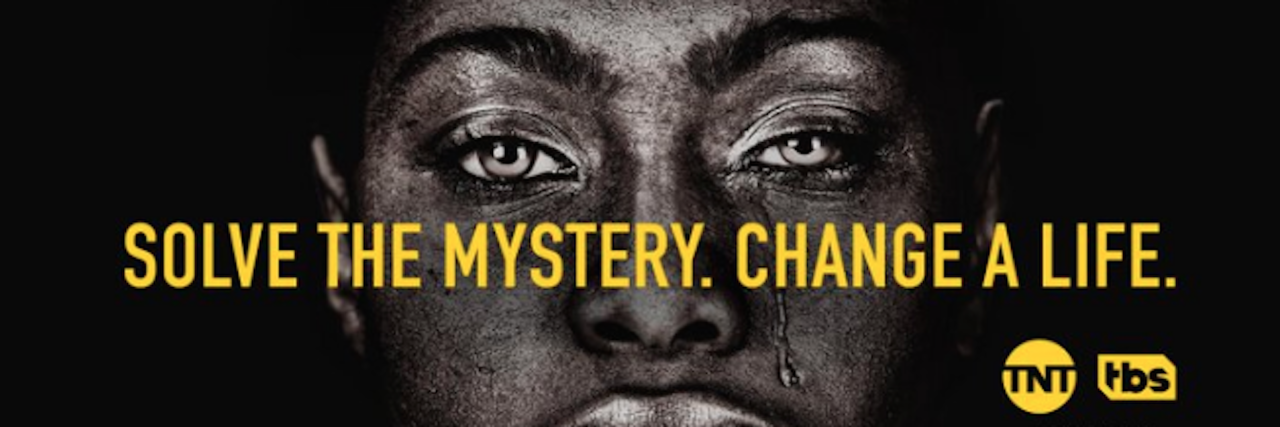The Most Heartbreaking Part of 'Chasing the Cure,' a New Show for the Undiagnosed
“Chasing the Cure,” a new series dedicated to helping the undiagnosed community potentially find answers and receive the care they need, premiered last week on Thursday, August 8. Hosted by former “Today” show host Ann Curry, the hour-long show highlights multiple cases in an episode, and pairs people who are undiagnosed with a team of medical experts to evaluate differential diagnoses and try to uncover underlying causes.
The show takes a unique approach by allowing viewers to dial in, text or use hashtags on social media to comment with their thoughts about the patient’s individual case, or share their experiences and best predictions regarding what the patient may have. The premier episode alone received over 8,000 calls and 2,000 texts. Data is being gathered in real-time during the show, to analyze predictions and key words people are writing in. Many also send their well wishes and supportive declarations of “you are not alone.”
As someone who has been undiagnosed at multiple points in life, and is currently looking for a diagnosis for unexplained pain, it was gut-wrenching, heartbreaking and validating at the same time to see others going through their journeys without answers.
The most heartbreaking, perhaps? All four cases explored on the episode were patients who had been searching for answers for quite some time. All of them explained their frustrations with doctors not believing them and being tossed aside. All of them seemed to lack a comprehensive medical team that was working together in the best interest of the patient — something “Chasing the Cure” is hoping to provide. All seemed to have either already experienced financial burdens and/or are currently living in debt, or were worried about their future financial stability due to medical costs and lack of coverage for testing.
One case, Rori, a first grade teacher of 22 years who went from being completely healthy to using a wheelchair and losing her ability to speak within 10 months, was particularly moving. Insurance had denied her what she desperately needed after diagnostic tests continued to come back negative: whole genome sequencing. The show then did the test for her. While the results were not back yet, I was disheartened that such a crucial test was being kept from her due to insurance coverage. The longer patients have to wait, the more their condition can progress, and the less likely treatment is going to be effective. Time is of the essence within the undiagnosed community.
With all this, was I surprised? Absolutely not.
The experiences showcased mirror the paths of so many in the undiagnosed population. People who are undiagnosed aren’t lazy or unwilling to look for answers. In my opinion, it’s the medical system they’re trying to navigate that is letting them down. It’s a lack of resources.
Of course, it takes an average of five to seven years for someone to receive a rare diagnosis — but not all cases on the show are rare. Hannah, one of the people interviewed, had been looking for a diagnosis after gaining more than 100 pounds over the course of one year. Prior to her weight gain, she was a talented golfer and athlete who had even received a scholarship for the sport. The panel of experts’ diagnostic conclusion on the show was polycystic ovarian syndrome (PCOS), which tends to be undiagnosed in about 50 percent of patients who have it, and is also often misdiagnosed. She presented as a classic case. What was appalling to me is that no one had recommended prior to the show that she see an OBGYN. She said that while some other doctors suspected it, they all tossed it aside eventually — a hallmark response to young patients, especially women, who are overweight.
“Chasing the Cure” definitely seems to give hope to others who are waiting for answers. One of the participants on the show, Jeremy, so movingly said, “I would rather find a cure than win the lottery.” He had spent years of his life being bullied, and after losing his parents at a young age, seemed to be feeling defeated. There was an outpour of messages of love and validation for Jeremy. In Hannah’s case, one young advocate had sent a video message to her on social media asking her to look into PCOS. I never fail to be in complete awe of how generous people can be with their time and willingness to share their own stories to help others. While answers won’t always be found within one episode, I’m hoping that follow-up to these cases will be covered in subsequent episodes.
The undiagnosed community undoubtedly deserves this sort of attention and resources, but eventually we will have to fix our broken medical system to help people reach diagnoses sooner. Until then, “Chasing the Cure” is worth the watch, though those who have medical PTSD could potentially find some of the stories triggering, and there are content warnings before each episode.
If you’re undiagnosed and would like more information about the show or other resources, their website offers options to submit your own case file and watch, follow and comment on others’ journeys. If you’ve been undiagnosed before and think you might have helpful information, please contribute where you can. The show’s “it takes a village” approach is what separates it from others attempting to get people answers.
As always, I firmly believe that rare and undiagnosed patients are the experts, and we will continue to be each other’s best resources.

